Becoming Palestine: Toward an Archival Imagination of the Future, by Gil Z Hochberg
Duke University Press 2022
ISBN 9781478014829
Becoming Palestine argues for a “potential becoming that does not involve a redistribution of suffering, expulsion, and uprooting, but a radical break from the economy of refugee-ness.”
Katie Logan
For many, “the archive” calls to mind dusty books or a library brimming with texts. The term might also conjure yellowed pages, delicate book bindings, or a researcher digging through boxes of materials searching for a single historical clue.
This image of the archive as a stagnant and often inaccessible space focused on documenting the past is precisely the conception Gil Z. Hochberg challenges in her most recent monograph, Becoming Palestine: Toward an Archival Imagination of the Future. Made vibrant through her incisive close readings of Palestinian arts projects, the archive becomes not just a record of the past, but also a locus of possibilities for imagining and even creating the future.
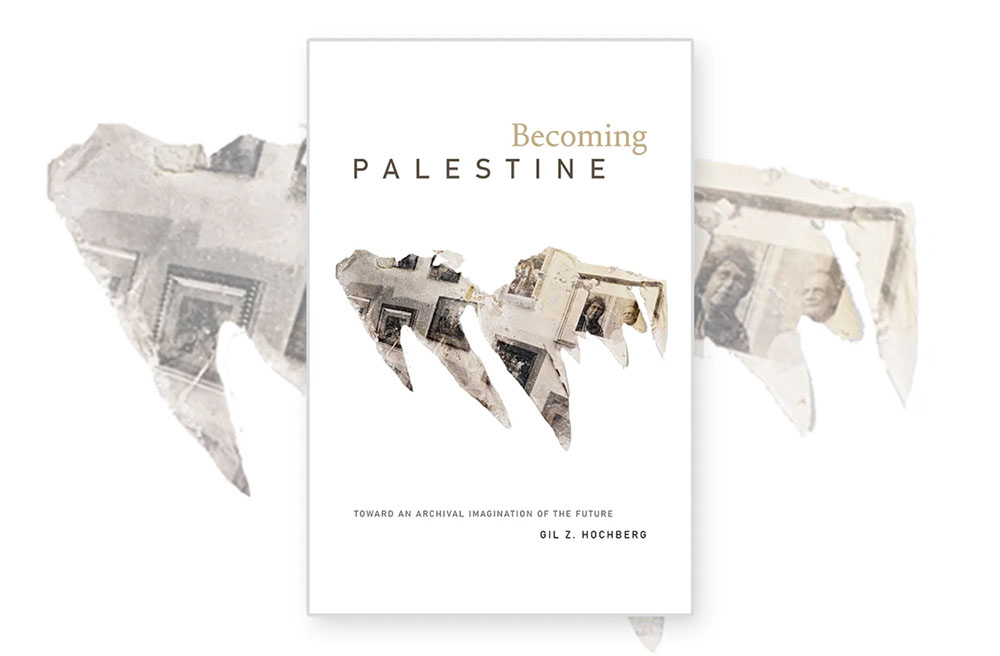
As Hochberg notes early in this slim volume, she is not alone in her attempts to define and expand something called “the archive”; the meanings, purposes, and actions attached to archiving have mushroomed alongside the disciplines, theorists, and creators who attempt to make sense of the human need to record the past. Attention to archiving is particularly urgent in Palestine, where military intervention and state violence have destroyed family and community records, and relocated other documents to national spaces that prohibit Palestinians without Israeli citizenship from entering. It has also disappeared entire collections like Beirut’s Palestinian cinema archive.
Gaps and erasures are significant problems in Palestinian archives. Hochberg argues, however, that provoking political change through archival materials has failed. “It is indeed time to realize that archives hide very little,” she writes, “and that the secrets of the archive are usually open secrets, and hence hardly secrets at all.” She emphasizes that “what the archives revealed is what Palestinians already knew, and what most Israelis knew but chose to deny.”
Treating the archive as a key to unlocking past mysteries also misses archiving’s most transformative potential: its ability to question, challenge, and revise historical narratives by bringing them into dynamic relationship with the present. As her title makes clear, Hochberg is most interested in the imaginative possibilities of activating the archive. The artists and creators who populate the book create new archives by remixing, citing, and manipulating older materials, to borrow just a few of the expansive set of verbs Hochberg uses to describe archival projects. In doing so, they gesture toward radical, expansive, and unpredictable political change.
The Palestinian future(s) Hochberg has in mind — as an entity larger than a singular place and much larger than a nation — cannot be contained by current sociopolitical frameworks. She characterizes her book as “an attempt to imagine a livable life made of new collectives yet to become: beyond the limits of national imagination; beyond partition; beyond Zionism; and beyond any other ethnic, religious, national, or territorial divisions. Archival imagination is central to the process of becoming precisely because its temporality exceeds that of the historical causal narrative.”
The project is a paradox, in that what it seeks to describe is not yet in existence, and is even perceived by many as an impossibility. Hochberg’s lofty aim is “the complete undoing of the colonial order, which must include, as such, going beyond its replacement with anticolonial nationalism.” Certainly, no single book can accomplish this aim, nor does Hochberg provide concrete suggestions for this undoing. Instead, she demonstrates that an action this ambitious first requires imaginative persistence.
Becoming Palestine is most effective as an attempt to bring into conversation the range of bold, creative, and imaginative acts taking shape in the Palestinian visual arts landscape. Hochberg tends toward sweeping statements, as with her claims above about the archive’s role and limits, but each chapter’s carefully grounded analysis rescues the project from what would sound like generalities elsewhere. She frames the introduction with an extended discussion of the 2013 edited short story volume Awda: Imagined Testimonies from Potential Futures (edited by Umar al-Ghubari and Tomer Gardi) and the 2017 DAAR (Decolonizing Architecture Art Residency) project Refugee Heritage, which documents the organization’s attempt to nominate the West Bank Dheisheh Refugee Camp to the UNESCO World Heritage List. Hochberg points to Awda’s ability to disrupt linear temporality by casting multiple futures as already possible, and to DAAR’s radical reframing of “heritage” and “tradition” to include lived experiences of displacement. These experimental projects “blur the distinction between official archives and recognized archival documents on the one hand, and alternative, impossible, or imaginary archives on the other.” Treating those “alternative, impossible, or imaginary archives” as nonetheless serious sites of inquiry resists what Hochberg perceives to be the nation-state’s limiting framework. For Hochberg, “becoming” Palestine involves unmaking the violent systems that undergird the nation-state; she argues for a “potential becoming [that] does not involve a redistribution of suffering, expulsion, and uprooting, but a radical break from the economy of refugee-ness.”
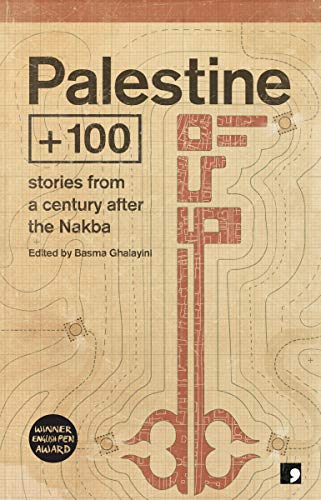
Each chapter following the introduction details the archival interventions of a Palestinian artist engaged in that “becoming” work. Chapters one and two explore Jumana Manna’s 2015 film A Magical Substance Flows into Me and what Hochberg calls Kamal Aljafari’s “Jaffa Trilogy” (The Roof, Port of Memory, Recollection), respectively. Both filmmakers “raise questions about ownership and mastery over the archive … [and] the potentiality of activating and manipulating the Orientalist and colonial archives to advance a radically different version of the future.” While Manna researches and re-records the sound archive of the German-Jewish ethnomusicologist Robert Lachmann, Aljafari uses found Israeli video footage to “create a new cinematic language with and through [these images], resulting not in corrective authenticity or a rehabilitated native space, but a subversive imitation and mimicry that expands the archive beyond its initial set borders.” Hochberg’s analysis of A Magical Substance Flows into Me is the book’s most sustained engagement with diversity in Palestinian identity; Hochberg notes that while Lachmann aimed to capture an “authentic” Palestinian music tradition (a term called into question throughout her analysis), Manna’s work “rejects purity as a qualification and instead highlights the cultural mixture and hybridity of its participants.” By recording Israeli Jewish musicians of Moroccan descent and considering the way her own Israeli citizenship grants her access to Lachman’s recordings — preserved in the National Library of Israel — Manna offers an avenue for thinking about complex identity formation within the Palestinian archive.
Hochberg makes a case for pairing chapters three and four, which examine Larissa Sansour’s In the Future They Ate from the Finest Porcelain (2016) and the work of Ruanne Abou-Rahme and Basel Abbas (most notably the 2016-2019 guided tour and exhibition series And Yet My Mask is Powerful). In both chapters, archaeology emerges as a particularly misunderstood and even weaponized discipline. Its scientific designation means that its findings are frequently categorized as fact or reality, as opposed to objects that reflect concrete decisions about how history is narrated. When settler colonial powers like Israel use archaeological findings to support a fixed historical timeline, they obscure the decisions that inform where digs happen or what artifacts are considered relevant. By contrast, in their archival re-imaginings, Sansour, Abou-Rahme, and Abbas recast archaeology as an act of both digging and burying, discovery and selective narrating.
Despite the disciplinary connection between chapters three and four, a more compelling resonance exists between Abou-Rahme and Abbas on the one hand, and Chapter five’s subject, the choreographer and dancer Farah Saleh, on the other. And Yet My Mask is Powerful and Saleh’s 2016 video dance installation Cells of Illegal Education (C.I.E.) trouble the archive by foregrounding the body and physical experience. Describing Abou-Rahme and Abbas’s guided tours of ruin sites, where participants are invited to “experience” rather than “witness” by gathering plants, feeling various materials, and reflecting on their own bodies in space, Hochberg points to a deeply material engagement with the past. Similarly, Saleh’s C.I.E. project takes as its starting point archival images depicting the “cells of illegal education” that operated as community sites for Palestinian students when universities were forcibly closed during the First Intifada. Using her dancers’ bodies to create an “archive of gestures” that expands the static images’ communicative potential, Saleh challenges the limited physical representations of protest gestures under occupation (i.e., stone throwing, kneeling, waiting in line). In Hochberg’s reading, Saleh also “critically question[s] ‘what gestures count’ and what gestures are archived and remembered as ‘gestures of resistance,’” most notably by including female bodies when staging photos that only feature male participants.
An “archive of gestures” is Saleh’s own term, and the explicit way Hochberg’s subjects discuss the archive has raised concerns for Kay Dickinson, who reviewed Becoming Palestine in 2022 for Screen:
As someone who has also followed Manna, Aljafari, Sansour, Abou-Rahme and Abbas, and Saleh for many years, I occasionally found myself wondering what fresh ideas Hochberg was actually contributing to these discussions. This is a long-standing puzzle for academics: how to bring more than just light to the work of subjects who are, themselves, immensely articulate about their practice and, in these cases, frequently well-versed in the writings that are then brought on board as theoretical fortification […] When the artists have already expressed themselves so fluently in near-identical scholarly terms – in interviews and essays, as well as in the art itself – what then differentiates an academic study from a catalogue essay?
Dickinson’s question, while important to consider, rests on an artificial divide between artist and academic; in this formulation, one creates while the other theorizes, one produces the work while the other analyzes. The critique suggests that when artists expertly theorize their own work, a scholarly treatise on such work can only perform the task of cataloging. This critique, I believe, misses something celebratory and intimate about the way Hochberg engages the texts and creators in her study. Rather than approaching these materials as static sites for academic analysis, Becoming Palestine functions as a space of echoing and reflection. The project’s close readings are ethical acts, in that their attempt to see, hear, and respond to innovative projects sustain and amplify those projects’ efforts. Hochberg writes, “There is nothing intrinsically promising about the archive, only in various activations of the archive.” By taking her time with each example and walking readers through her own response and engagement with the texts, Hochberg models precisely this imaginative activation of the archive.
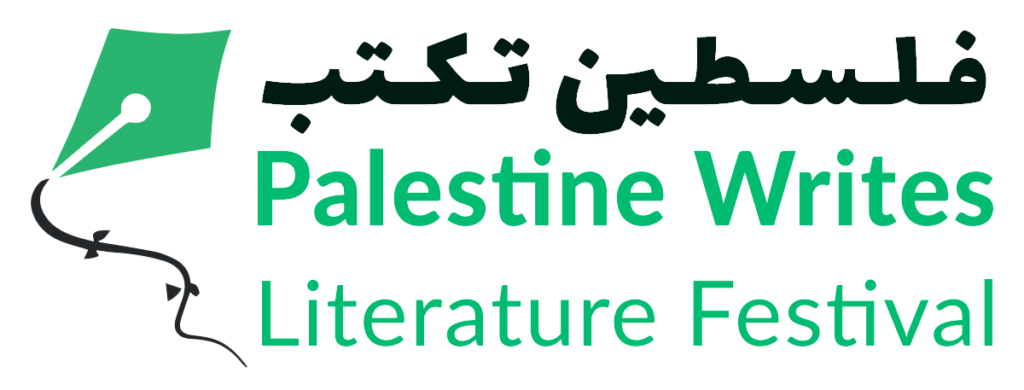
If the archive is only as successful as the participants who activate it, work that responds to the experience of creating is crucial. To imagine the impossible cannot be a solitary activity. As Hochberg demonstrates throughout Becoming Palestine, it requires a willingness to echo, to find meaning in the spaces between creator and audience, archive and recipient, past and present. To imagine the impossible is to become attuned to reverberations that fixed, dormant archives — like that of the nation — seek to muffle. Imagining the impossible is an exercise in relationality, one less interested in origin points or rupture than in remixing, going back to old materials, places, or histories with a renewed awareness of the present. Projects cannot imagine the impossible in a vacuum; an echo needs at least two reflecting surfaces. Impossible imaginings are sustained through synthesis and shared activation. As Hochberg generates language for naming these transformative projects, her reading reverberates back to those texts.
Hochberg’s ability to narrate these impossible acts of imagination actually highlights untapped potential in Becoming Palestine. One wonders how a reframing of this project might have expanded the imaginative possibilities for the critical scholarship genre, for example. What undiscovered formats would have enabled more dialogue among these rich projects? What would chapters on the Palestine Heirloom Seed Library or the Palestine Hosting Society, two projects engaging archive and tradition through material acts that impact present participants, have looked like? How could Hochberg’s project have expanded readers’ definitions of what texts count as artistic or creative interventions? And yet, even with these wonderings, Becoming Palestine offers a bold path forward for discussions of future, hope, and political possibilities in both Palestinian Studies and broader anti-colonial resistance.



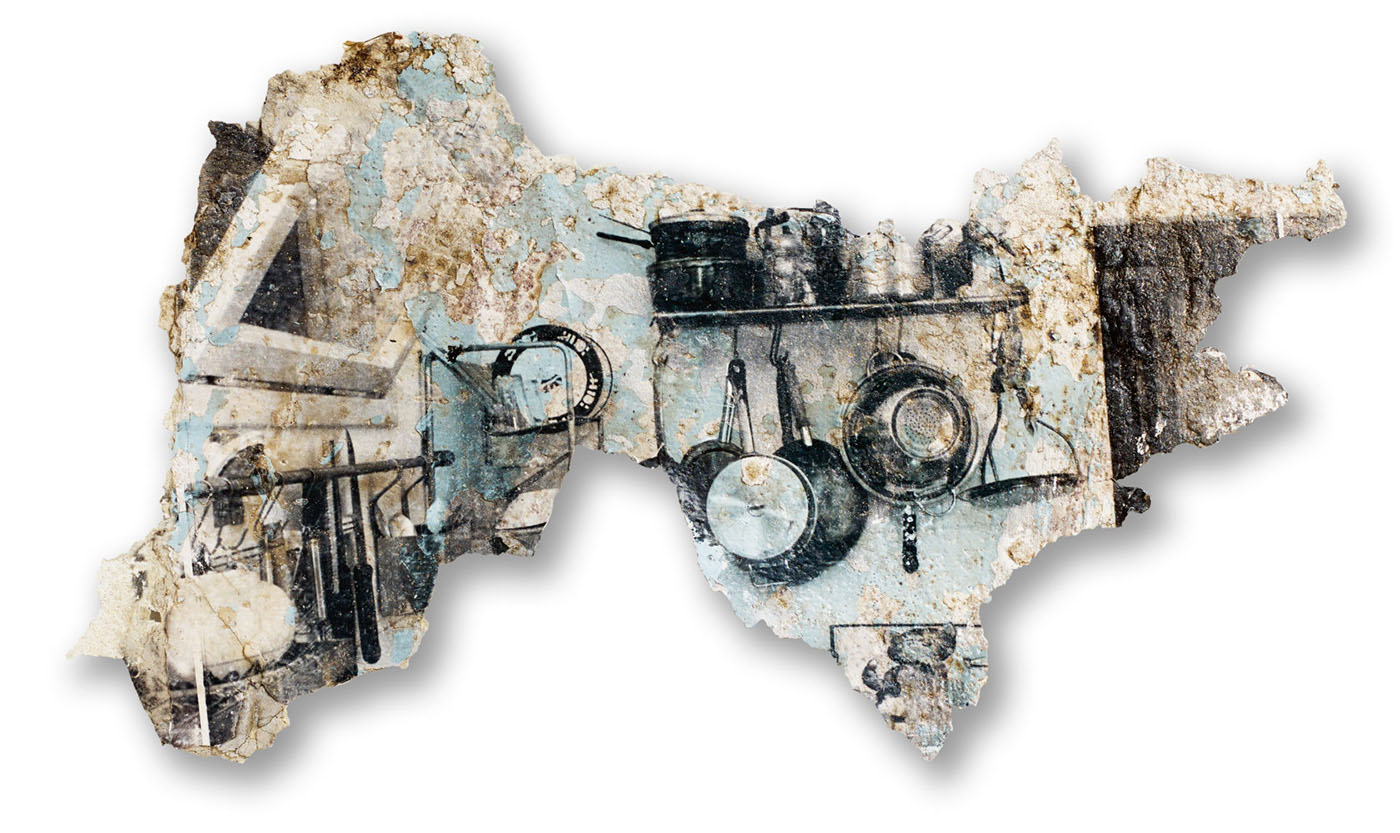
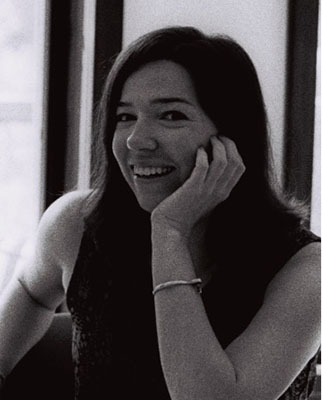
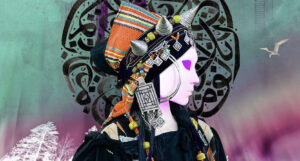
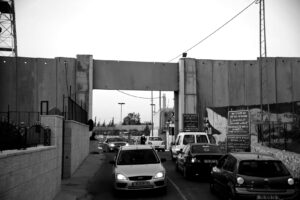
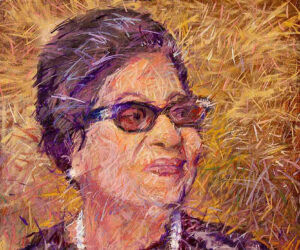
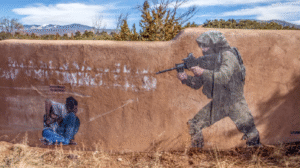
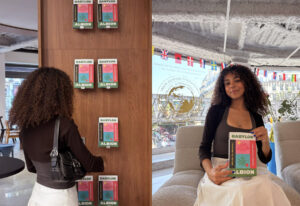
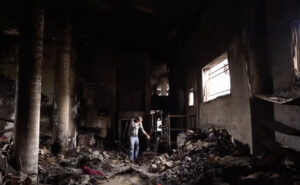
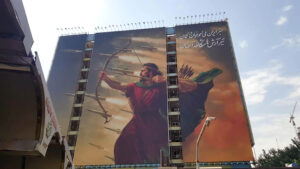
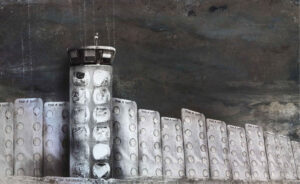
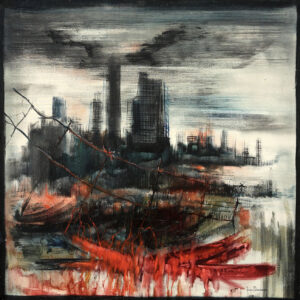

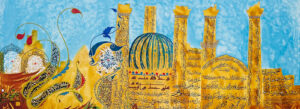
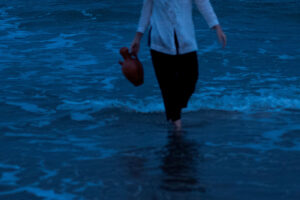


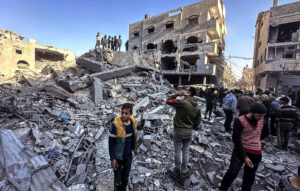

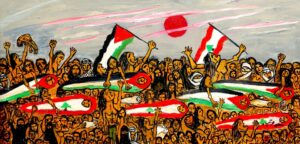



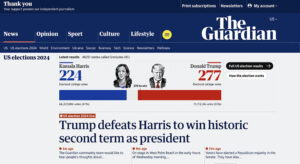
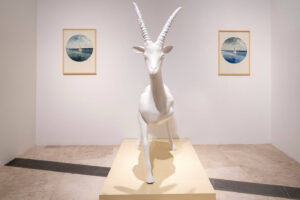



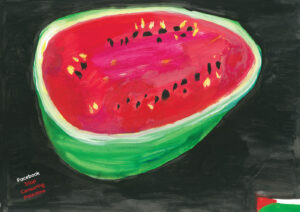
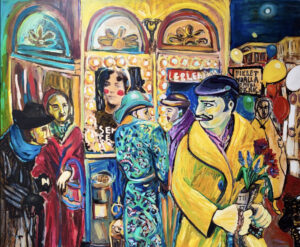

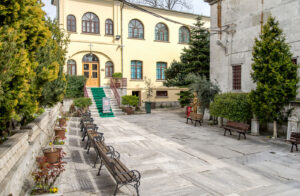
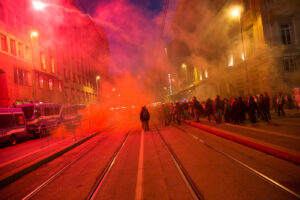
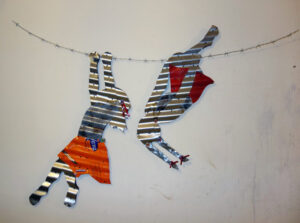
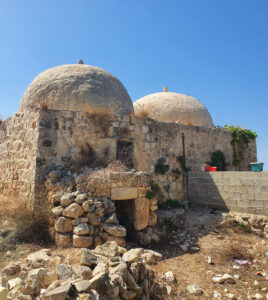


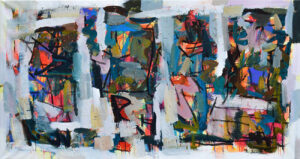
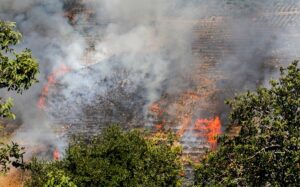
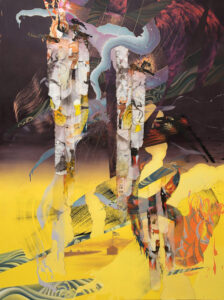







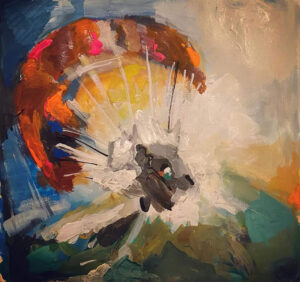


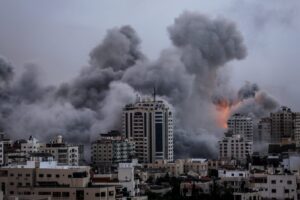
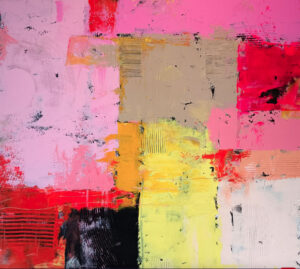
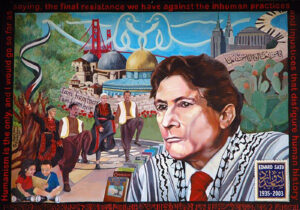





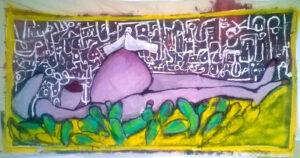

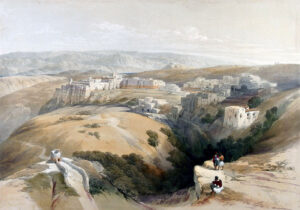






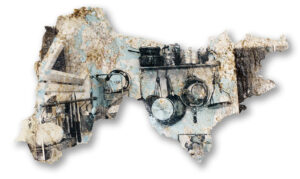

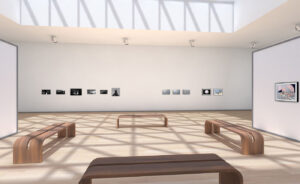
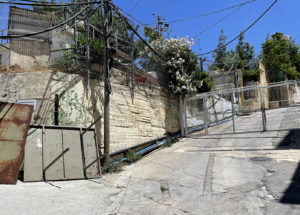
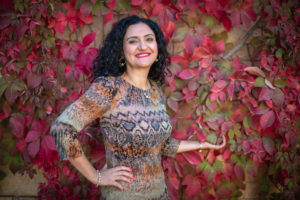

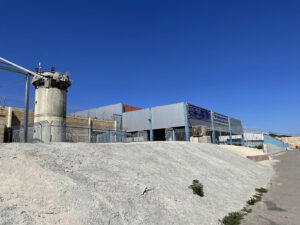
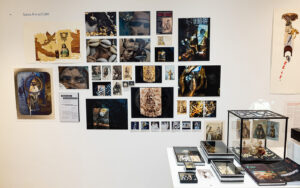
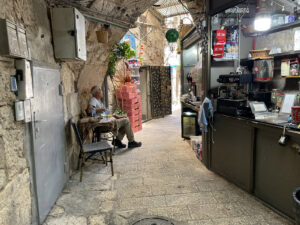
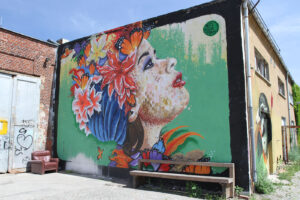
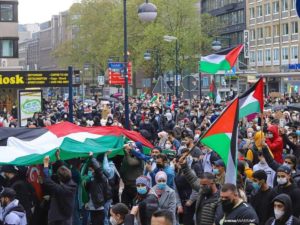
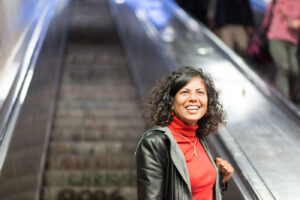
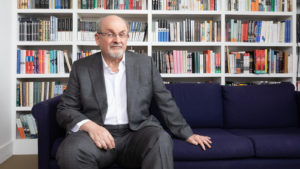

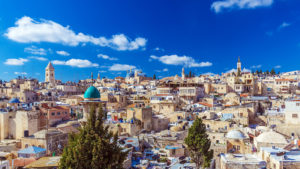

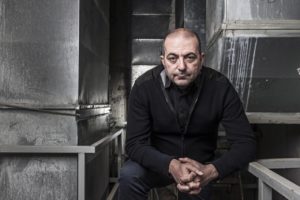

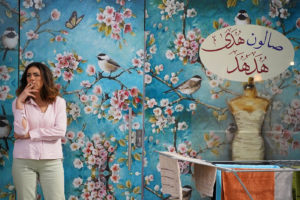


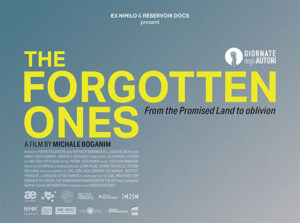

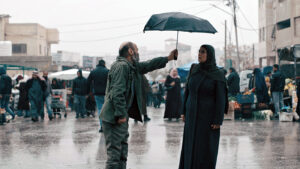
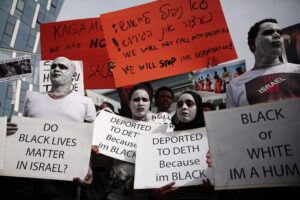

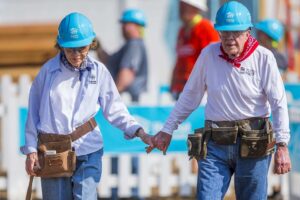


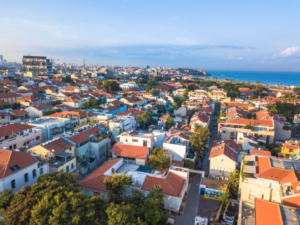
Thank you for your close reading and kind words